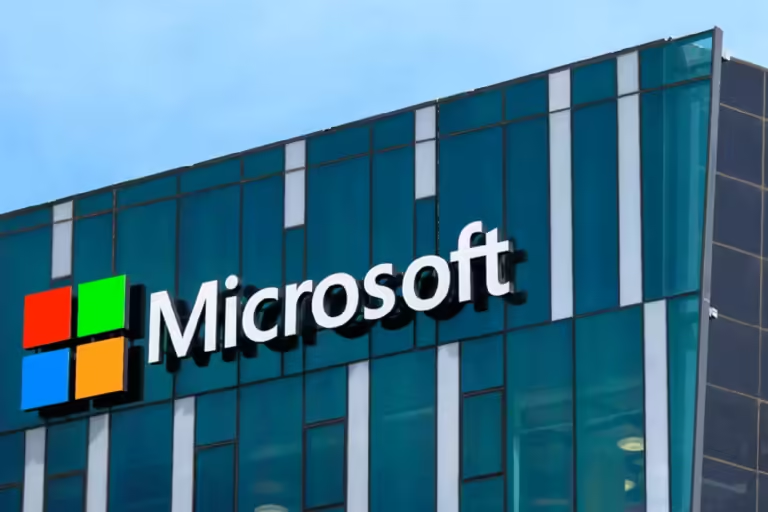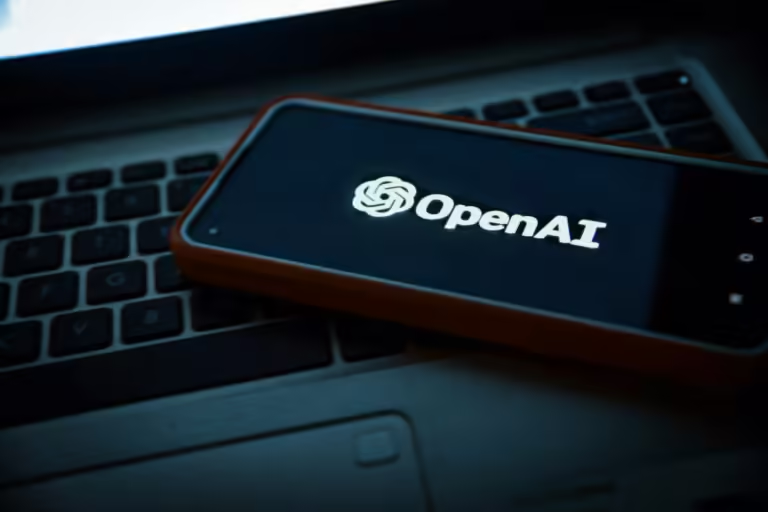
OpenAI Achieves $157B Valuation After $6.6B Funding Round
OpenAI has raised $6.6B, bringing its value to $157B. Thrive Capital led the investment.
The startup announced today that it has raised $6.6 billion in funding, bringing OpenAI’s value to $157 billion after the addition of the funds. Crunchbase says that OpenAI has now raised a total of $17.1 billion, led by an investment from Thrive Capital. Microsoft, Nvidia, SoftBank, Khosla Ventures, Altimeter Capital, Fidelity, and MGX were some of the other companies that took part.
The company said in a blog post, “The new funding will allow us to double down on our leadership in cutting-edge AI research, increase compute capacity, and keep building tools that help people solve hard problems.”
Thank you to our investors for putting their faith in us. We are excited to work with our partners, developers, and the community as a whole to create an AI-powered future and ecosystem that works for everyone.
There could be strange strings attached. The Financial Times reported this morning that OpenAI asked investors not to put money into competing startups like Anthropic and xAI. We requested more information from the company and will update this post.
OpenAI was already the most well-funded AI startup in the world. The huge new round, on the other hand, puts the San Francisco company in a class by itself.
Despite raising more than $6 billion earlier this year, Elon Musk’s AI company, xAI, was significantly less valuable than OpenAI, which achieved a valuation of $24 billion. Anthropic, OpenAI’s main competitor, has raised just over half of OpenAI’s total ($9.7 billion) since it started. Other well-known AI companies, Cohere and Mistral, have raised around $1 billion.
Why did OpenAI need to raise more money than Zimbabwe’s government did in 2021? Simply put, it was necessary to sustain its extensive operations. Reports say that OpenAI is spending billions of dollars to train and make its AI systems, like the recently released O1, better. To stay ahead of the competition, it is also hiring highly sought-after data scientists.
OpenAI is said to have spent around $7 billion on training models and $1.5 billion on hiring people. (OpenAI CEO Sam Altman said that training GPT-4, one of the company’s older top models, cost more than $100 million.) At one point, OpenAI reportedly had to pay $700,000 a day to run ChatGPT.
When it comes to generative AI, OpenAI is by far the market leader. More than 250 million people use ChatGPT, and about 10 million of them pay to be subscribers.
OpenAI reportedly earned over $3.4 billion annually. The New York Times quotes internal OpenAI documents that say ChatGPT could bring in $2.7 billion this year by itself.
Microsoft has invested over $13 billion in OpenAI and is one of its closest partners. It has developed a complete set of tools for working on OpenAI models. Apple is also adding ChatGPT to its line of AI technologies, known as Apple Intelligence.
OpenAI expects to generate $100 billion in revenue by 2029, matching Nestlé’s current annual sales. However, it faces competition on multiple fronts.
When it comes to making high-quality videos, startups like Runway and Luma Labs were ahead of OpenAI. Sora, OpenAI’s video model, should come out sometime this autumn.
It appears that Anthropic is still developing a set of AI products to compete with ChatGPT. xAI, Google, and Amazon are all putting a lot of money into building infrastructure to train powerful next-generation models.
Meta and new companies, such as Black Forest Labs, are also continuing to release open models to make AI that creates text and images more common.
Due to intense competition, OpenAI may drastically raise the cost of its most expensive ChatGPT plan, ChatGPT Plus, from $20 per month to $44 per month by 2029. Additionally, it might alter its business structure to draw in additional investments.
OpenAI’s Shift from Nonprofit to For-Profit
A nonprofit manages the for-profit portion of OpenAI, which restricts the returns investors can receive. However, reports suggest that Altman has explicitly stated that the nonprofit will no longer manage OpenAI in the upcoming months.
Reuters earlier said that this and Altman possibly getting stock were conditions for closing the $6.6 billion round.
Bloomberg says that investors in the new round can get their money back if OpenAI doesn’t turn from a nonprofit to a for-profit business within two years.
OpenAI could potentially experiment with riskier, longer-term investments such as AI chips and entire data centers, thereby reducing its reliance on Nvidia.
Nvidia hardware trains and runs many of OpenAI’s models. It will also give the company more money to sign licensing deals with data providers like Reddit and Conde Nast. These deals could give OpenAI a competitive edge and protect it from IP lawsuits at the same time.
Another question is whether it will be possible to work. In the past few weeks, OpenAI has been firing high-profile executives because they don’t agree with the company’s direction.
In late September, CTO Mira Murati, Chief Research Officer Bob McGrew, and Research Vice President Barret Zoph all said they were leaving the company. In February, well-known research scientist Andrej Karpathy quit OpenAI.
In May, Sutskever and former safety leader Jan Leike said they were leaving, and last month, co-founder John Schulman said he was leaving to join competitor Anthropic. In the meantime, OpenAI’s president, Greg Brockman, is on leave until the end of the year.


